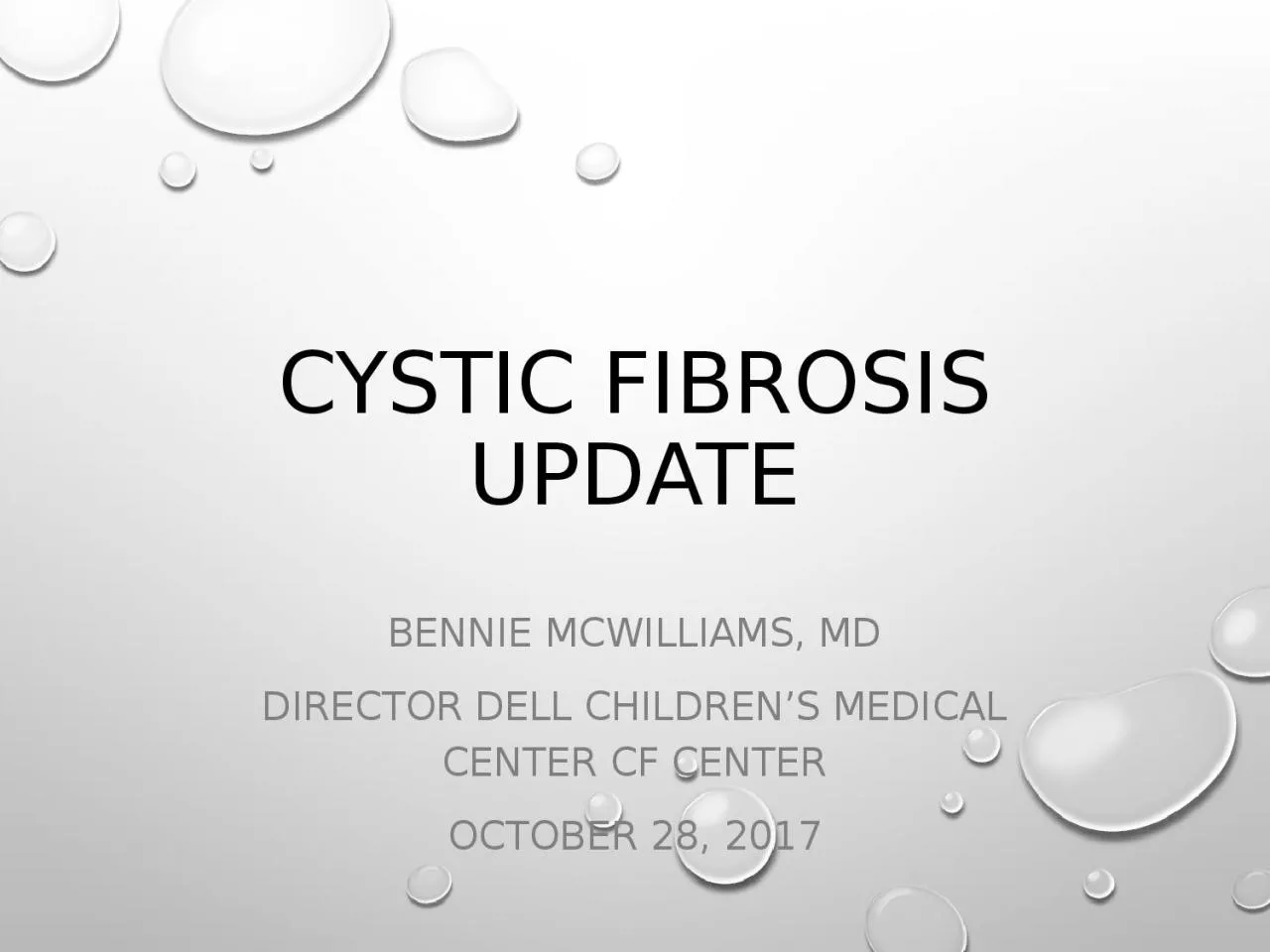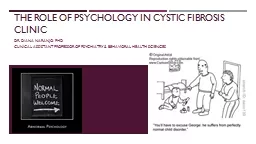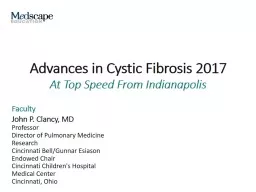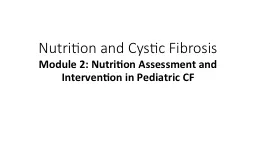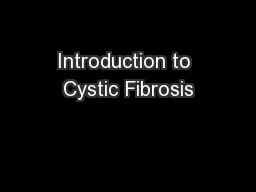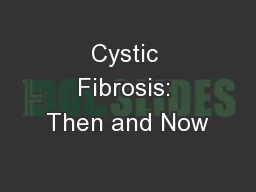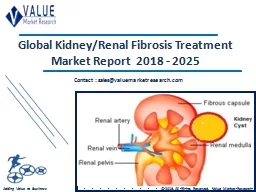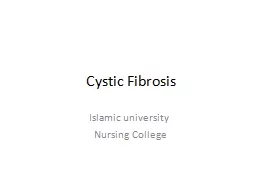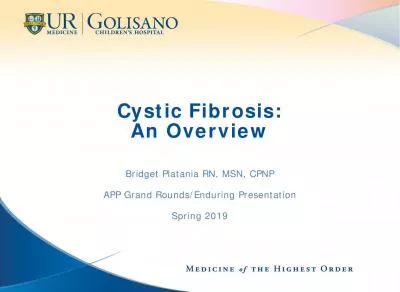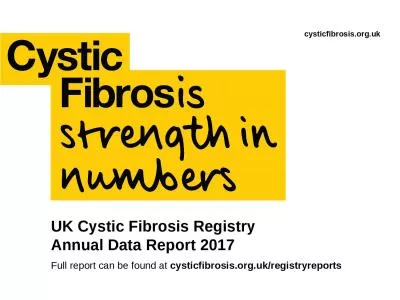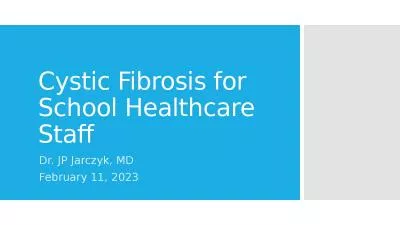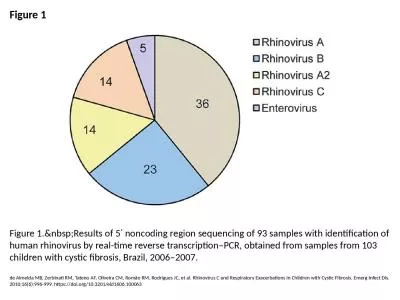PPT-Cystic Fibrosis Update Bennie McWilliams, MD
Author : bety | Published Date : 2022-06-20
Director Dell Childrens Medical Center CF Center October 28 2017 Objectives Pathophysiology of CF Genetics of CF Diagnostic evaluation for CF Respiratory issues
Presentation Embed Code
Download Presentation
Download Presentation The PPT/PDF document "Cystic Fibrosis Update Bennie McWilliams..." is the property of its rightful owner. Permission is granted to download and print the materials on this website for personal, non-commercial use only, and to display it on your personal computer provided you do not modify the materials and that you retain all copyright notices contained in the materials. By downloading content from our website, you accept the terms of this agreement.
Cystic Fibrosis Update Bennie McWilliams, MD: Transcript
Download Rules Of Document
"Cystic Fibrosis Update Bennie McWilliams, MD"The content belongs to its owner. You may download and print it for personal use, without modification, and keep all copyright notices. By downloading, you agree to these terms.
Related Documents

